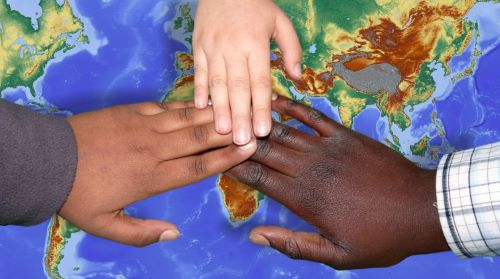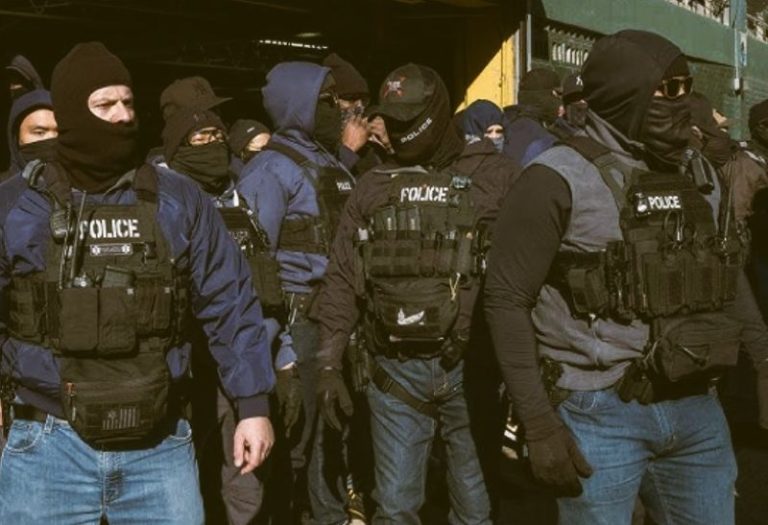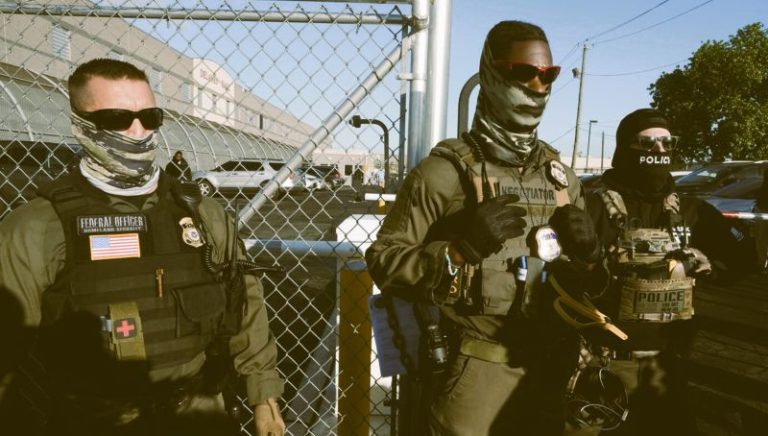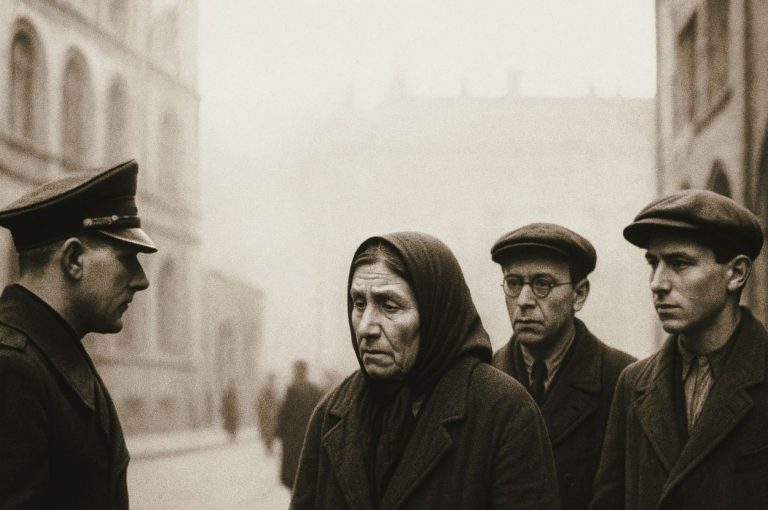

The intersection of immigration and culture is a dynamic and ongoing process.

By Matthew A. McIntosh
Public Historian
Brewminate
Introduction
Immigration has been a driving force behind the cultural evolution of societies throughout history. The movement of people across borders brings with it a rich tapestry of traditions, languages, and perspectives that shape the cultural landscape of nations. This article explores the intricate interplay between immigration and culture, highlighting the profound impact that newcomers have on the societies they join and the reciprocal influence that host cultures exert on immigrants.
Cultural Exchange and Fusion
Immigration serves as a catalyst for cultural exchange, leading to the fusion of diverse traditions. When individuals from different cultural backgrounds come together, they bring with them a wealth of customs, cuisine, art, and language. Over time, these elements merge to create a unique blend that reflects the shared experiences of a multicultural community. This fusion is evident in the culinary diversity of neighborhoods, the polyglot sounds of city streets, and the vibrant tapestry of festivals celebrating various cultural heritages.
Challenges and Adaptation
While the merging of cultures can be enriching, it also presents challenges. Immigrants often face the task of adapting to a new cultural context, grappling with unfamiliar social norms and linguistic nuances. Similarly, host societies must navigate the complexities of integrating diverse populations. Successful integration involves fostering an inclusive environment that values the contributions of all community members and promotes mutual understanding.
Preserving Cultural Identity
Maintaining one’s cultural identity is a crucial aspect of the immigration experience. Many immigrants actively seek ways to preserve and transmit their cultural heritage to future generations. Cultural preservation can manifest through language retention, religious practices, and the celebration of traditional holidays. It is through these efforts that immigrants contribute to the cultural diversity that defines the social fabric of their adopted home.
Cultural Enrichment and Innovation
Immigrants often bring unique perspectives and skills that contribute to cultural enrichment and innovation. The diversity of thought stemming from varied backgrounds fosters creativity and drives progress. Whether in the arts, sciences, or technology, the infusion of diverse perspectives enhances a society’s ability to tackle challenges and generate innovative solutions.
Addressing Cultural Stereotypes
Despite the many positive contributions of immigrants to their host cultures, stereotypes and misconceptions can persist. Combatting these stereotypes is essential for fostering a more inclusive society. Education and dialogue play crucial roles in dispelling myths and promoting a nuanced understanding of the cultural dynamics at play.
Conclusion
The intersection of immigration and culture is a dynamic and ongoing process that shapes the identity of nations. Embracing diversity, fostering inclusion, and recognizing the mutual exchange of ideas and traditions are essential steps toward building societies that thrive on the richness of their multicultural tapestry. As we navigate the complexities of immigration, let us celebrate the cultural mosaic that emerges from the blending of diverse stories, creating a harmonious and vibrant global community.


